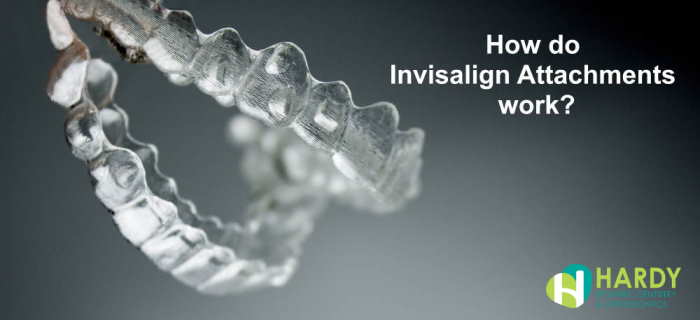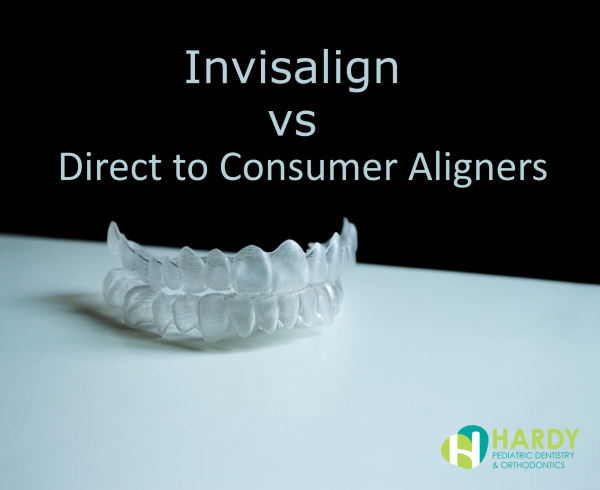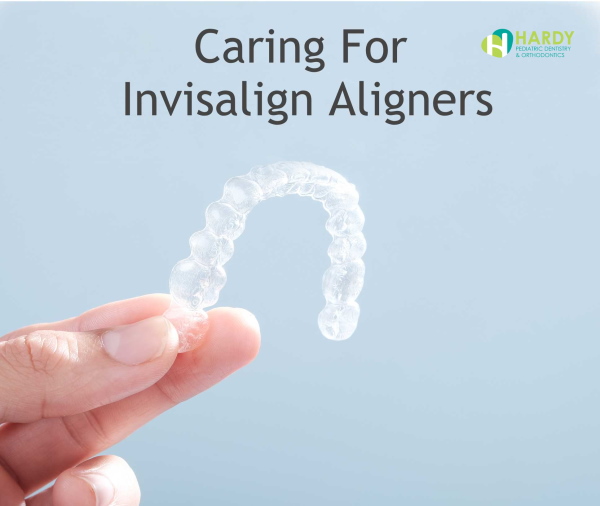Invisalign Attachments: Its Purpose, Effects & Procedure

Learn About the Benefits of undergoing Invisalign Treatment
August 30, 2021
Teach Your Kids The Basics of Flossing
September 14, 2021SmartForce® (Invisalign attachments) are small colored buttons that are placed on the tooth. They are attached to the teeth with a strong composite resin bonding material. SmartForce® attachments are used if the patient cannot achieve the desired results with clear aligners alone.
The Purpose of Invisalign Attachments Explained
Invisalign has been used for minor or mild malocclusions to achieve even teeth over the years, but unlike traditional braces for this type of orthodontic treatment, extreme cases are still not possible. However, by inventing attachments, Invisalign is now able to deal with more severe cases. These tooth-colored points, which are usually placed in the center of the tooth, are placed on the tooth and require further modification. Orthodontics, on the other hand, is not. They come in a variety of shapes and sizes. It could be in the shape of a circle, square, or triangle. The form and orientation of the attachments influence the intrusion, or extrusion of tooth rotation for accurate tooth movement.
The attachments are mostly used when the tooth needs to rotate due to severe tooth twisting or crowding. The idea behind attachments is that the bumps act as an anchor point, allowing the aligners’ forces to be directed more effectively and precisely towards the tooth.
Read Invisalign Treatment Advantages.
Button Attachments on Invisalign: How do orthodontists place them?
Attachments are placed in a straightforward manner. Orthodontists simply associate the “bumps” with a variety of other dental procedures. Attachments are added using a template. This is accomplished in the following manner:
- Invisalign provides clear plastic templates to orthodontists. It resembles an aligner but has small bulges that correspond to the position where the teeth must be positioned.
- The tooth surface is then cleaned and prepared for proper binding.
- They then fill the bulb with a composite dental that matches the color of the tooth. The shape of the attachment is created by the bulge shape.
- The template is then screened to your teeth, and the bonding agent is cured using a dental curing light.
- After it has hardened, the template will be removed and any excess material will be shaved off. The small bump is what remains in your tooth and serves as your connection.
Learn Steps to Clean Your Invisalign Aligners
Are Invisalign Attachments still possible even with dental restorations?
If you have dental restorations such as fillings, or crown, your orthodontist should still be able to bond attachments to your tooth. However, certain types of restorations can be difficult to find.
- Metal or porcelain – attachments can be added to such restorations, though the attachment may not be as strong as when applied to a tooth or a material composite. Depending on the level of forces involved, it can be difficult to place throughout the entire treatment.
- Composite restorations – this should not be a problem because the same material is used to make attachments.
Sources:
- Papadimitriou, Aikaterini et al. “Clinical effectiveness of Invisalign® orthodontic treatment: a systematic review.” Progress in orthodontics vol. 19,1 37. 28 Sep. 2018, doi:10.1186/s40510-018-0235-z
- Galan-Lopez, L., Barcia-Gonzalez, J., & Plasencia, E. (2019). A systematic review of the accuracy and efficiency of dental movements with Invisalign®. Korean journal of orthodontics, 49(3), 140–149. https://doi.org/10.4041/kjod.2019.49.3.140



